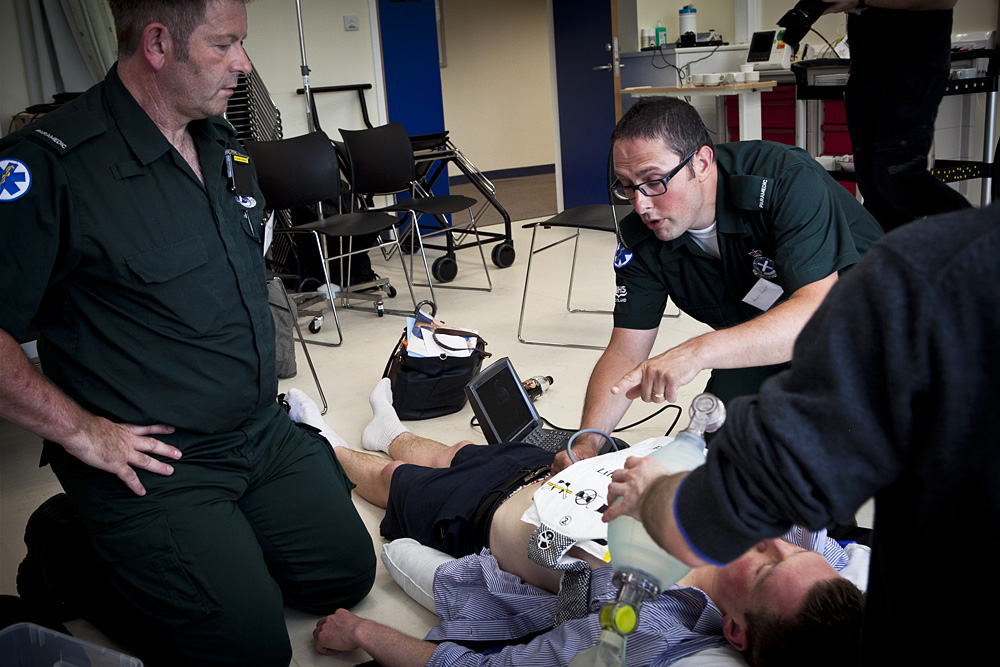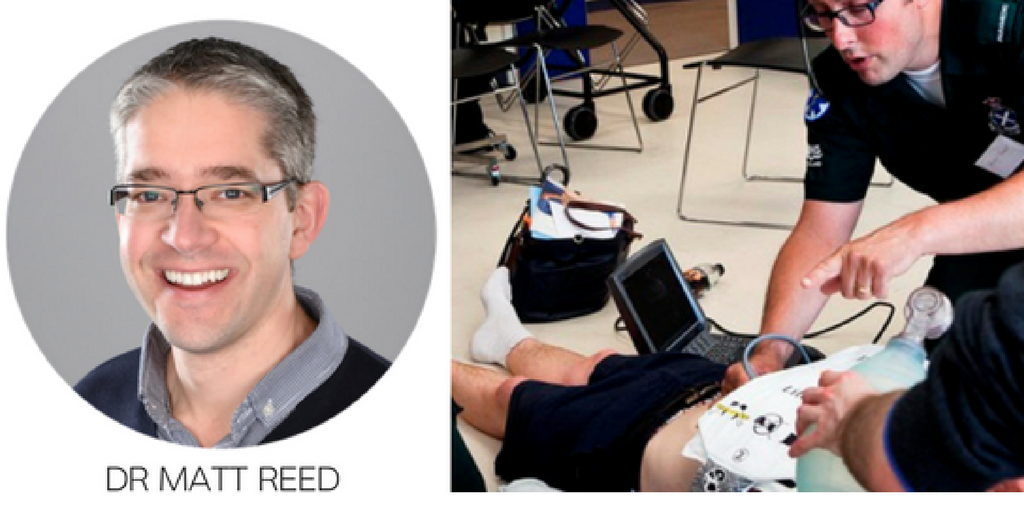The Changing Face of Anaesthesia

With constant pressure on healthcare providers to improve the quality and efficiency of care while reducing costs, standardisation of patient management is a logical step towards more streamlined services. Anaesthesia is one area that is beginning to embrace this approach, combining regional nerve blocks with ultrasound guidance to improve both the quality and effectiveness of patient care while minimizing hospital stays.
Battling Opioid Over-Prescription from Inside the ED

Did you know that nearly half of all opioid overdoses involve a prescription?
Physicians are beginning to tackle the problem at ground zero: in the ED, where many patients receive their first prescription opioids.
Thyroid and Parathyroid Surgery Using Ultrasound-Guided Nerve Blocks

A Sonosite SII point-of-care ultrasound system recently played a key role in an innovative procedure of thyroid surgery without the use of general anaesthetic.
Dr. Rüdiger Eichholz, a consultant anaesthetist working for private practise in Stuttgart, Germany, explained the case.
Concerns about Point-of-Care Ultrasound in Australia

by Rich Fabian, Chief Operating Officer, FUJIFILM Sonosite
Point-of-care Ultrasound Helps Streamline Management of Cardiac Arrest
Point-of-care Ultrasound Helps Streamline Management of Cardiac Arrest

Point-of-care ultrasound plays an important role in the management of cardiac arrest.
Dr. Matthew Reed, an Emergency Medicine consultant at the Royal Infirmary of Edinburgh, explains why Sonosite ultrasound is used to help shorten the path to treatment for cardiac arrest victims in emergency and pre-hospital medicine.
POCUS Profile: Dr. Matthew J. Reed

Point-of-care ultrasound plays an important role in the emergency sector, enabling hospital clinicians and paramedics responding to an urgent call for medical assistance to assess a patient’s condition. Dr Matthew Reed, an Emergency Medicine consultant at the Royal Infirmary of Edinburgh, explains how ultrasound contributes to the management of cardiac arrest:
Treating Acute Pain Without Opioids

For the past 20-odd years in the United States, traumatic and acute conditions have often been treated in the Emergency Room using opioid drugs. Now, with the effects of a nationwide opioid addiction crisis becoming increasingly dire, hospitals and trauma centres are looking for new ways to treat pain without prescribing addictive opioid painkillers.
Ultrasound and Changes in Value-Based Care

Uncertainty – especially in economics, government, or healthcare - can be hard to handle. Combine a little bit of uncertainty in Washington D.C. and the medical community and you’ll have a window into 2017, a time when the future of the Affordable Health Care Act and the health sector is in flux.
Point-of-Care Ultrasound Shows Promise for Osgood-Schlatter Diagnosis

Osgood-Schlatter disease is a developmental disorder that causes musculoskeletal problems and is rare in the normal population. However, the condition is more common in teenagers who play sports, affecting an estimated 3-5% percent of this population; it causes painful inflammation below the knee in adolescents and can lead to permanent soft tissue damage.

